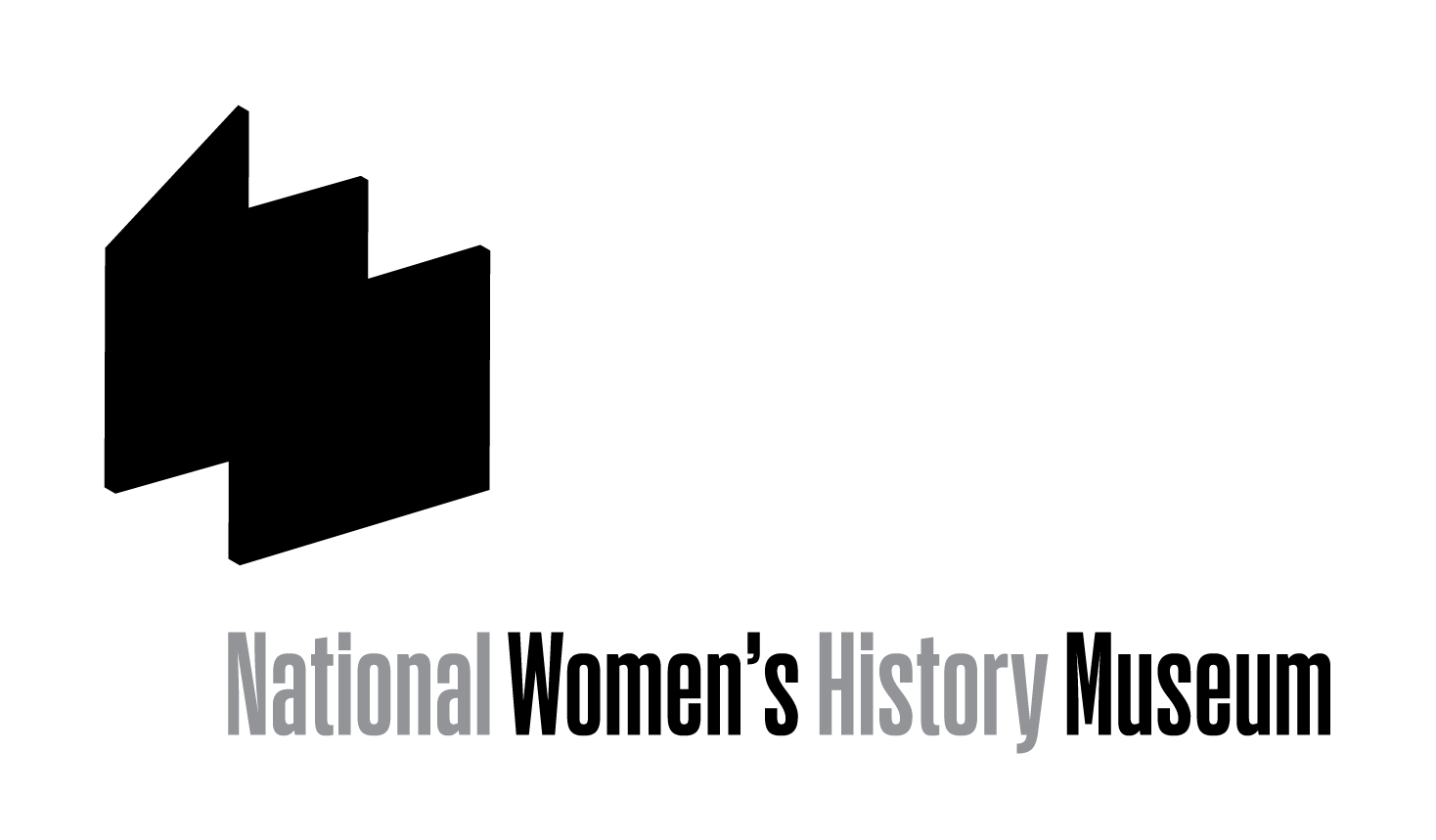I am glad to see that men are getting their rights, but I want women to get theirs, and while the water is stirring I will step into the pool.
Sojourner Truth
Bloomer waltz, library of congress
Early Organizing Efforts
In the 1850s, women’s rights activists started meeting more regularly. They held their first national women’s rights convention in Worcester, Massachusetts in 1850. Annual meetings convened nearly every year afterward.
Reformers had lectured about women’s rights for decades, but these annual meetings represented a shift toward a more organized movement. Women’s rights newspapers, like The Una and The Lily, distributed information to women throughout the United States about meetings and key issues, ranging from suffrage and property rights to dress reform. Elizabeth Cady Stanton and others believed that freeing women from traditional heavy skirts and tight corsets, would allow them to be more productive members of society.
Women’s rights leaders, such as Abby Kelley Foster, Margaretta Forten, and Amelia Bloomer, began to emerge. Lecturer Lucy Stone became well-known in reformer circles when she and her husband (fellow women’s rights activist Henry Brown Blackwell) altered the traditional marriage ceremony. At their wedding, they read aloud a statement saying that they disagreed with the laws of coverture that gave husbands control over their wives and children. Stone also decided not to take her husband’s last name to signify that she maintained a separate identity.
Former slave Sojourner Truth became a prominent leader and lecturer. As well she published her autobiography in 1850, gave lectures at women’s rights conventions, and sold portrait photographs. Truth, sometimes called the “Libyan Sybil,” was part of elite reformer circles. She addressed both her experience of gender discrimination and racism, a topic many white activists overlooked or ignored.
By Allison Lange, Ph.D.
Fall 2015
Essential Questions
- Following Seneca Falls, how did the movement coalesce?
- Who were the leaders?
- What was the relationship with leaders of other movements?
- How did they agree to support each other?
- What methods did suffrage leaders take to recruit and organize supporters?





